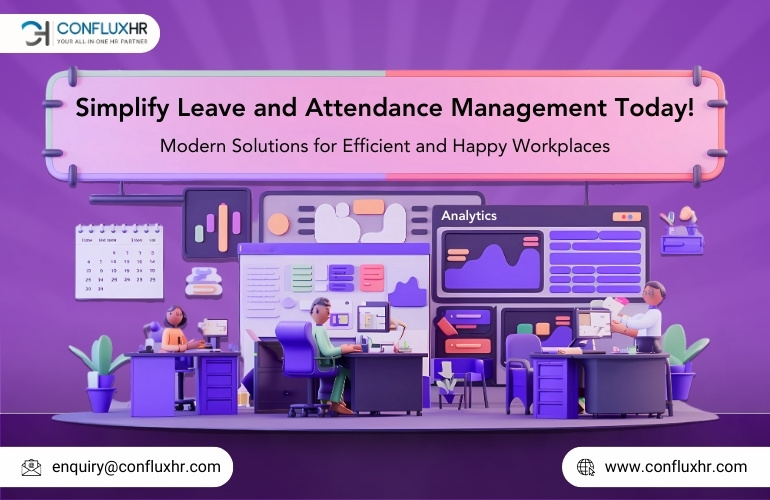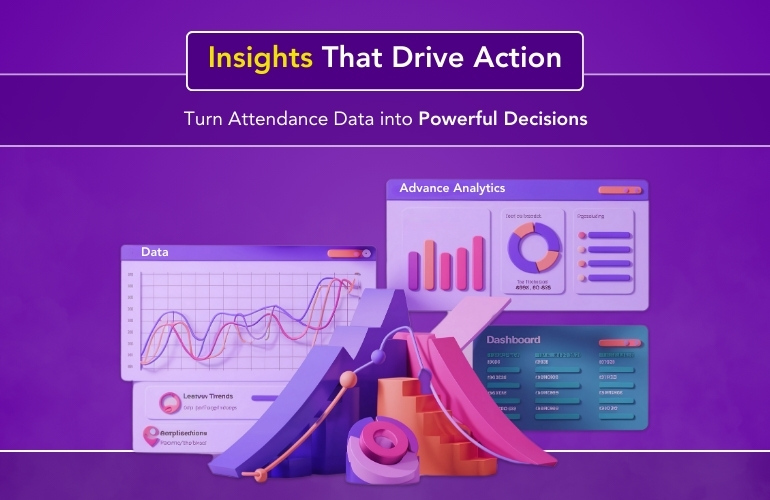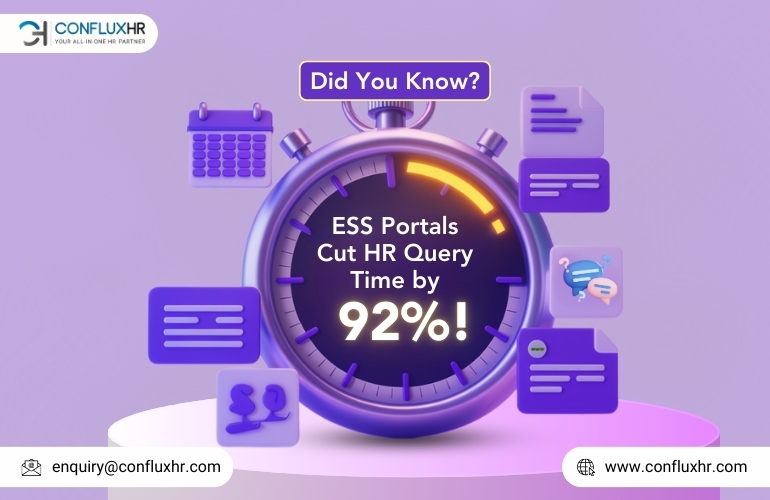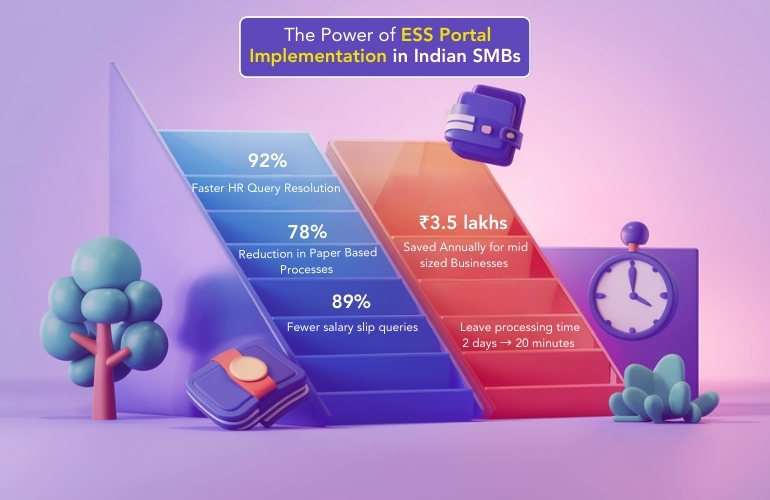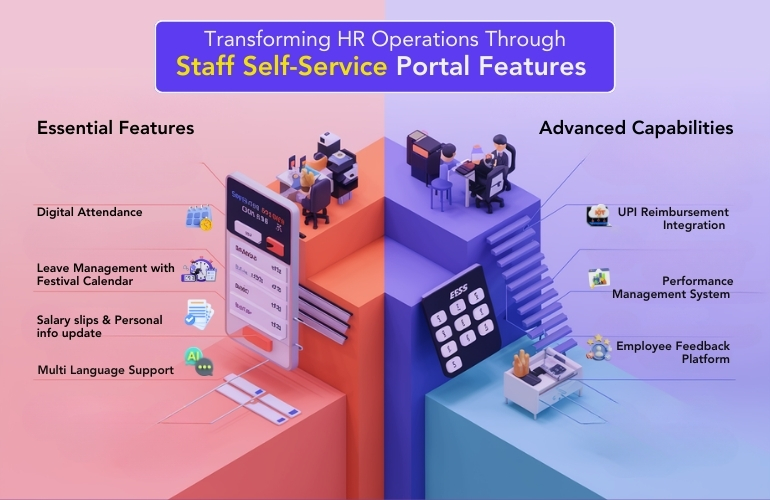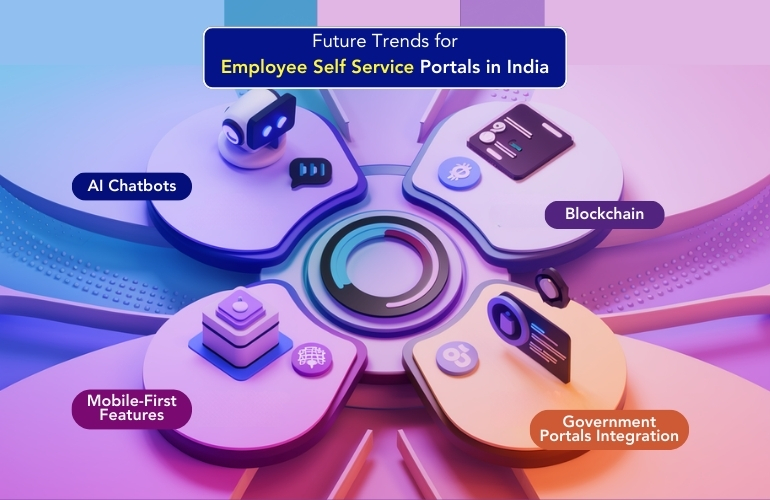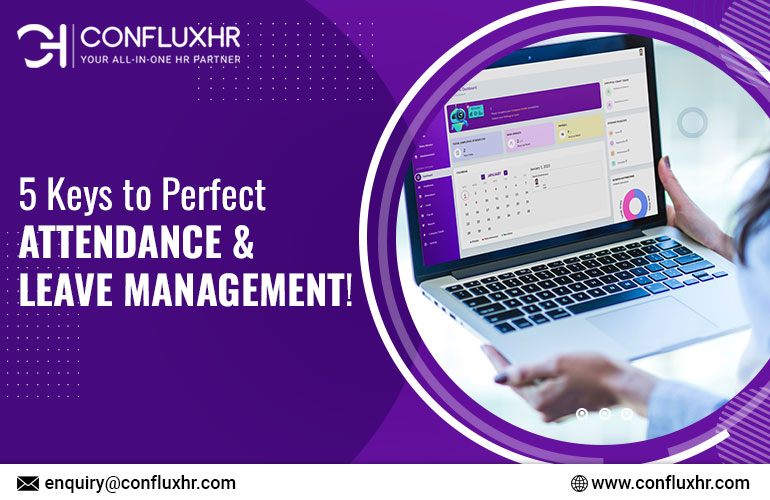Remember the days of attendance registers and paper-based leave forms? Those nostalgic practices were a staple of Indian workplaces for decades. While they may hold sentimental value, they often resulted in errors, delays, and unnecessary frustration for employees and HR teams alike. Fast forward to today, and we have technology reshaping the way businesses operate.
Leave Management Software and Attendance and Leave Management Systems are the modern-day equivalents of those old registers—but with supercharged efficiency and accuracy. These tools bring order to chaos, ensuring your workplace runs as smoothly as your grandmother’s perfectly brewed chai.
Let’s explore how these systems are changing the face of attendance and leave management in India.
Why Businesses Need Leave Management Software
Challenges in Traditional Attendance Management
Think about those office scenes in old Bollywood movies where clerks shuffled through piles of files to retrieve attendance records. While amusing on screen, such inefficiencies are a nightmare in real life. Manual attendance tracking comes with its fair share of challenges:
- Payroll errors due to incorrect data
- Lengthy approval processes
- Employee dissatisfaction caused by unclear leave balances
The Role of Leave Management Software
Enter Leave Management Software, the unsung hero of modern workplaces. It automates processes, offering a centralized platform to manage everything from leave applications to attendance tracking. Like a well-written Bollywood script, it ensures everything flows seamlessly.
Key Features of an Effective Attendance and Leave Management System
- Automated Attendance Tracking
Gone are the days of punching time cards or signing registers. Modern Attendance and Leave Management Systems use cutting-edge technologies like biometrics and GPS tracking. Whether you’re logging in from your Mumbai office or a client site in Bengaluru, these systems have you covered.
- Customizable Leave Policies
In India, where labor laws and leave entitlements vary across states, a one-size-fits-all approach doesn’t work. These systems let businesses customize policies, including:
- Leave categories like maternity leave, casual leave, and festival leave
- Compliance with regional labor laws
- Accrual and carry-forward settings
- Seamless Integration
Think of it like mixing your favorite masalas for the perfect curry. A good system integrates effortlessly with payroll and HR software, ensuring:
- Real-time leave balance updates
- Error-free payroll processing
- Detailed reporting for better decision-making
- Self-Service Portals
Remember standing in long queues to submit leave applications? With self-service portals, employees can:
- Apply for leave at the click of a button
- Check their leave balances
- Receive instant approval updates
- Advanced Analytics and Reporting
Actionable insights are like the hidden treasure in an old mythological story. These systems provide reports that help analyze:
- Attendance patterns
- Leave utilization
- Trends in absenteeism
Benefits of Automating Attendance and Leave Management
- Improved Operational Efficiency
Automation eliminates repetitive tasks, much like an Indian mother’s knack for finding shortcuts to save time in the kitchen. HR teams can focus on strategic initiatives instead of mundane administrative work.
- Enhanced Accuracy
No more disputes over payroll or leave balances. Automation ensures data is accurate, fair, and reliable, much like the trust we place in our age-old family traditions.
- Employee Satisfaction
Quick approvals and transparent processes make employees feel valued—a sentiment akin to receiving blessings from elders during festivals.
- Cost Savings
With reduced errors and time-saving features, businesses can cut costs, leaving more room for growth and celebrations.
Real-World Use Cases of Leave Management Software
Case Study 1: A Growing IT Firm in Pune
An IT company with 500 employees struggled to keep track of leave requests. Introducing Leave Management Software led to:
- A 30% reduction in payroll errors
- Leave approvals that were 50% faster
- Happier employees who finally felt heard
Case Study 2: A Retail Chain Across India
Managing attendance for employees across multiple states was a Herculean task. By adopting an Attendance and Leave Management System, the company achieved:
- 100% compliance with state-specific labor laws
- Real-time attendance tracking at all locations
- A significant drop in administrative workload
Implementing the Right Leave Management Solution
Steps to Get Started
- Assess Your Needs: Identify what’s missing in your current system. Is it speed, accuracy, or transparency?
- Choose the Right Software: Look for solutions that offer flexibility, scalability, and ease of use.
- Train Your Team: Remember how our teachers patiently explained concepts until we understood? Do the same for your employees to ensure smooth adoption.
- Monitor and Optimize: Like a seasoned chef tasting and tweaking dishes, regularly review the system’s performance to make improvements.
Key Features to Look For Right Leave Management Solution
- Cloud accessibility for remote work scenarios
- Multi-device support for mobile-savvy teams
- Compliance with India’s labor regulations
- Scalable architecture to grow with your business
The Future of Leave Management Systems
As India’s tech landscape evolves, Attendance Leave Management Systems are stepping up their game. Imagine systems with:
- AI-powered insights predicting absenteeism during peak festival seasons
- Chatbots answering leave queries in multiple Indian languages
- Blockchain ensuring tamper-proof attendance records
The future promises even greater convenience and efficiency, tailored to India’s unique business landscape.
Conclusion
Just like India’s journey from traditional joint families to nuclear setups, workforce management has evolved from manual processes to advanced automation. Investing in Leave Management Software and Attendance and Leave Management Systems is an essential step for businesses aiming to balance efficiency and employee satisfaction.


